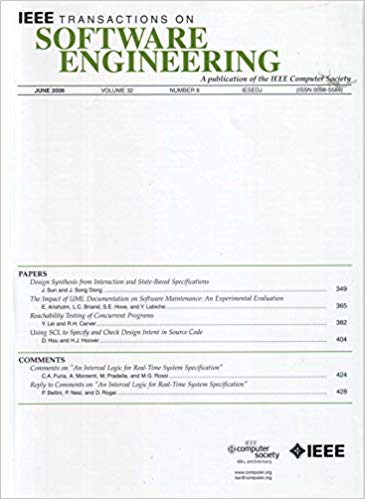揭秘Android应用程序中的反运行时分析代码
IF 5.6
1区 计算机科学
Q1 COMPUTER SCIENCE, SOFTWARE ENGINEERING
引用次数: 0
摘要
随着Android应用使用量的持续增长,确保其安全性变得至关重要。越来越多的恶意应用程序采用反分析技术来逃避安全措施。虽然一些研究已经开始考虑反运行时分析(ARA),但不幸的是,他们还没有系统地检查ARA技术。此外,ARA技术的快速发展加剧了这一问题,导致分析结果越来越不准确。为了有效地分析Android应用程序,了解它们采用的ARA技术是必要的。然而,到目前为止还没有进行系统的调查。在本文中,我们对2016年至2023年间收集的117,270个Android应用程序(包括恶意和良性应用程序)中的ARA实现进行了首次系统研究。此外,我们提出了一个名为ARAP的特定调查工具,通过利用静态和动态分析来协助本研究。根据评估结果,ARAP不仅有效地识别了Android应用中的ARA实现,而且揭示了许多重要的发现。例如,几乎所有应用程序都实施了至少一类ARA技术(99.6%为良性应用程序,97.0%为恶意应用程序)。本文章由计算机程序翻译,如有差异,请以英文原文为准。
ARAP: Demystifying Anti Runtime Analysis Code in Android Apps
With the continuous growth in the usage of Android apps, ensuring their security has become critically important. An increasing number of malicious apps adopt anti-analysis techniques to evade security measures. Although some research has started to consider anti-runtime analysis (ARA), it is unfortunate that they have not systematically examined ARA techniques. Furthermore, the rapid evolution of ARA technology exacerbates the issue, leading to increasingly inaccurate analysis results. To effectively analyze Android apps, understanding their adopted ARA techniques is necessary. However, no systematic investigation has been conducted thus far. In this paper, we conduct the first systematic study of the ARA implementations in a wide range of 117,270 Android apps (including both malicious and benign ones) collected between 2016 and 2023. Additionally, we propose a specific investigation tool named ARAP to assist this study by leveraging both static and dynamic analysis. According to the evaluation results, ARAP not only effectively identifies the ARA implementations in Android apps but also reveals many important findings. For instance, almost all apps have implemented at least one category of ARA technology (99.6% for benign apps and 97.0% for malicious apps).
求助全文
通过发布文献求助,成功后即可免费获取论文全文。
去求助
来源期刊

IEEE Transactions on Software Engineering
工程技术-工程:电子与电气
CiteScore
9.70
自引率
10.80%
发文量
724
审稿时长
6 months
期刊介绍:
IEEE Transactions on Software Engineering seeks contributions comprising well-defined theoretical results and empirical studies with potential impacts on software construction, analysis, or management. The scope of this Transactions extends from fundamental mechanisms to the development of principles and their application in specific environments. Specific topic areas include:
a) Development and maintenance methods and models: Techniques and principles for specifying, designing, and implementing software systems, encompassing notations and process models.
b) Assessment methods: Software tests, validation, reliability models, test and diagnosis procedures, software redundancy, design for error control, and measurements and evaluation of process and product aspects.
c) Software project management: Productivity factors, cost models, schedule and organizational issues, and standards.
d) Tools and environments: Specific tools, integrated tool environments, associated architectures, databases, and parallel and distributed processing issues.
e) System issues: Hardware-software trade-offs.
f) State-of-the-art surveys: Syntheses and comprehensive reviews of the historical development within specific areas of interest.
 求助内容:
求助内容: 应助结果提醒方式:
应助结果提醒方式:


